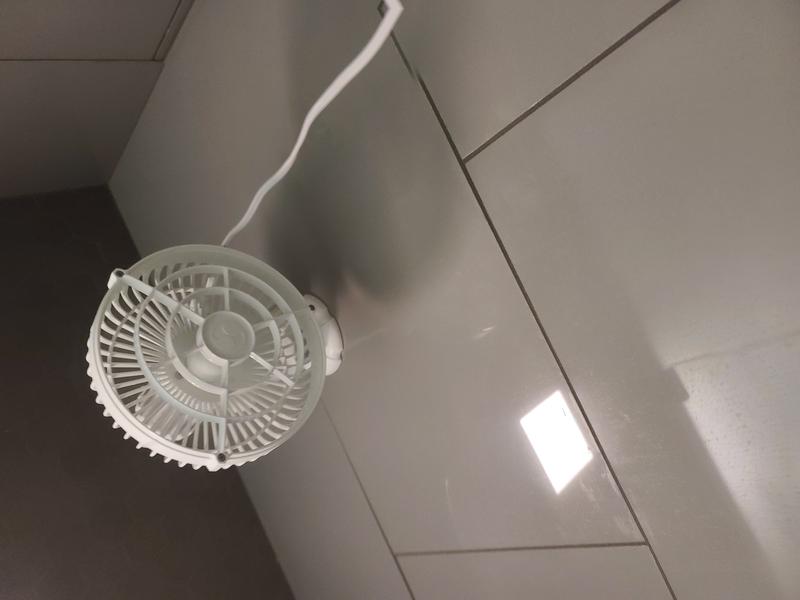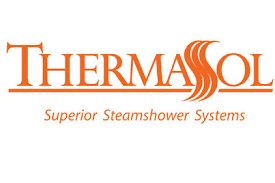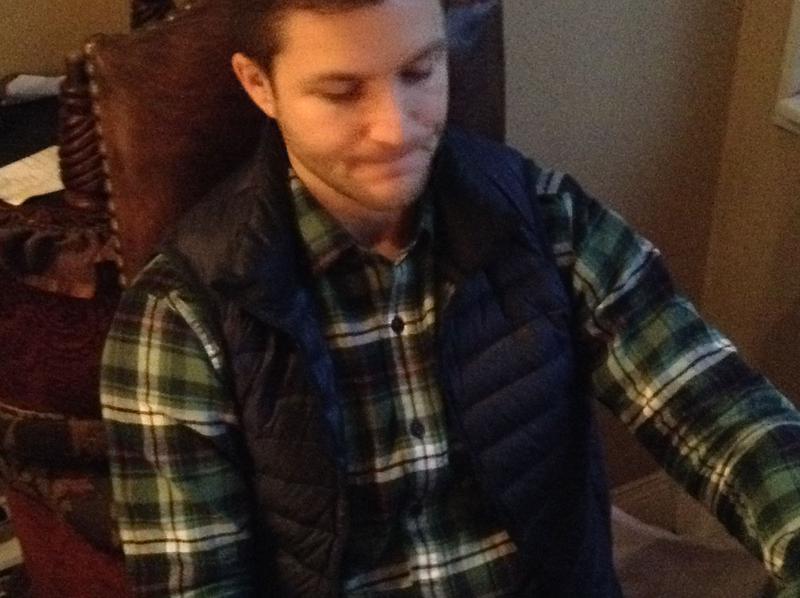Steam Traps - how to avoid them
This is the number one complaint I get. I get calls all the time from people saying all the steam is at their ceiling and how do they get it down. This is a huge problem for people that oversize their generator and usually the people that have ceramic or other porous tiles call in most. Also almost all the calls are never from people who have a 7 foot ceiling. It is always the 8 foot and over steam rooms.
The things to be aware of to avoid steam being trapped at the top of your steam room.
1. Use 3/4 inch pipes or larger (depending on the KW size and number of steam heads)
2. Always use 2 steam heads if the steam generator is over 9KW size
3. Always make sure you are not oversizing due to a higher ceiling
4. Always use the highest psi relief valves to avoid condensate and wet steam (20psi)
5. Make sure the generator uses minimal steam - 2 gallons per 30 minute session in a 6kw model
will produce high condensate. 1.5 gallons will be dense but less hot but with a higher room fill
6. Always keep a bucket of cold water to splays on the upper walls and ceiling if you have wet steam
7. Make sure the steam is a slow burn. Fast burn steam creates too much latent heat per cycle.
8. Make sure you have a DC marine grade fan to blow the steam down if over 7 foot ceiling.
9. If the steam is hitting the floor from the steam head, make sure you splash cold water under it
10. Last resort, get a closed loop steam circulator - for 9 and 10 foot ceiling traps.
I use a Kona marine grade fan to blow down the steam from the steam trap. The wetter the steam (the more condensate) the harder it is to blow it down. If you use a steam generator that has a lower dryness fraction, you might need more than 1 fan depending on how large the steam room is.
Why steam traps are bad:
When all the hot steam is trapped at the ceiling, it is hard to bring it down without knowing what to do. Most people that experience full body steam therapy never go back to heating their upper body and their lower body not getting the therapy of the steam.
Vasodilation: it is hard to get the entire body heated 3 degrees over normal body temperature when the legs are not getting the hot steam. When only the upper body is getting most of the hot steam and the heat distribution is not spread out at a lower temperature over the entire body, the heart rate increases too fast to get the same therapy as a slightly lowered temperature when the entire body is getting the same temperature all around.
Heat shock proteins: Those who want to create heat shock proteins will want to do a slow burn steam session and not heat their body too fast so they can sustain a longer session. It is important that the lower body gets the same steam so the core temperature is heated evenly.
Duty cycles: when steam is trapped at the ceiling, and the thermostat is placed too high, it can cause long duty cycles. Rarely people want to wait long periods for the next steam cycle to kick on.
Single tank steam generators: These are the most prone to creating steam traps since too many grams of steam come out at once. When steam drops to the floor at the same speed it is made is homeostasis. When undersizing or over sizing, this effects are a steam trap or wet steam because it has to constantly keep up with the desired temperature of the room when it is undersized.
Those with 7 foot ceilings usually don't have steam trap problems unless the steam is coming out of a low psi model and using smaller pipes (under 3/4 inches). Take my steam room sizing quiz. This will help me pick out the generator so you don't get a steam trap. Take my steam sizing quiz here.
The 6 types of steam generators on the market
This will break down the 6 different types of steam generator technologies used by the differnet brands out there. I have reviewed Mr. Steam, Thermasol, Steamist, Elite Steam, Steamcore, Kohler, Steamspa and many brands that have came and gone out of business over the years.
I will rank them from the wettest steam with the highest condensate to the driest steam (highest dryness fraction with the lowest condensate).
Type 1:
Low PSI pressure cooker (lowest priced, usually a Chinese import, low quality components)
Type 2
High PSI pressure cooker (mid range price, higher quality components, usually fancy bells and whistles to distract people from what to expect (long duty cycles, wet steam but not as wet at type 1)
Type 3
Low PSI dual tank pressure cooker (These are the knock offs of the Thermasol). They look almost identical to the person who doesn't know how to research the component quality of the generator and just buy based on specs. These low psi, Chinese import Thermasol knock offs give a wet and drippy steam and leak water for the first 5 or 10 seconds at the beginning of each duty cycle when the steam comes back on. These produce just slightly better quality steam than a single tank low PSI steam generator (type 1)
Type 4
These are the High PSI dual tank steam generators. These have the least amount of condensate of all the pressure cookers and are in my Tier 1a which is the highest quality steam generator for pressurized generators out right now. Do not get confused as knock offs have the same specs on paper but when you go in a low psi and a high psi model you will notice the dryness fraction is not even in the same ball park as the type 3 generator.
Type 5
These are the non-pressure cooker steam generators. They have dual tanks (boiling tank and inlet tank). Since they are not pressurized it takes a few extra minutes to start steaming but once it starts it is continuous no more than 6 degrees from what you set it at. These have the driest steam fraction due to the inlet system dripping water just enough to limit condensate (moisture in steam).
Notice: for those that get a type 1 or type 3 low psi generator, I urge people to get a closed loop circulator or a ventilator to get rid of the condensate that can start sticking to the ceiling. A closed loop will bring that condensate down to the floor and it will keep your feet and legs warm and it is too heavy at this point to rise to the ceiling again.
Note: There is a type 6 (L series) that is ultra high end, super high psi dry steam for pressurized steam but it is too expensive for most people and Mr. Steam is more affordable and most people want continuous dry over duty cycle dry. The steam that comes out of the L series only starts at 9KW also. Because it is such a high quality steam and most household water is not right for it, most people will find cleaning the limescale off all the time too much maintenance unless
The 9KW model is rated for a 360 cubic feet (very similar to the non pressurized model that works up to 375 feet). Both have very little condensate compared to the lower end pressure cooker type (low psi). Thermasol Model PRO-240 (10kw model) works up to 240 cubic feet). My first priority when choosing a generator is first making sure which steam quality is best for the type of steam room. If the room has ceramic tile and a glass door and over 7 foot tall, those are 3 things not in favor of working with high condensate. Once the steam hits the walls, wetter steam is most likely going to stick more than dry steam.
The only time I really don't have problem with wet steam is when I don't have to upsize 30% for the til and 10% more for a glass door. I am not against wet steam depending on the application.
Cold Spots in Steam rooms
This is a big problem with steam generators. Most people who are research steam generators usually call the first place they see on the internet on Google and call up and get talked out of what they were originally looking for and the dealer tries to sell them something cheap. (If you google right now I bet the top 3 advertisers are trying to sell cheap Chinese imports and trying to tell you that Thermasol, Mr. Steam, Steamcore, or the other USA made brands are more expensive and you are paying for just the name.
This is BS. I tested each model and there is a huge difference between brands that sell for 100 dollars per kilowatt while the higher end brands can cost up to 600 dollars per kilowatt. Steam generators that cost over 300 per kw are usually the open tanks and have 304 grade surgical steel tanks and heating elements. They are very expensive.
So, since the topic of cold spots and hot spots rarely comes up from dealers, it needs to be talked about. Some people have ceilings over 7 feet and they will be in for a surprise when the realize that buying a generator that makes too wet of steam that the heat rises way to the top and their lower body gets the cold spots.
The area around the feet is cold and there is very little steam. The point where the green laser pen will stop shining completely to the other side of the wall is when cold spots end. If the steam is very wet and has lower dryness rating it can cause more cold spots. With some steam rooms, you can’t even put your back to the wall without a towel first or it will be so hot it can sting you. With other brands, with a lower latent heat index with less water moisture in the air, it is comfortable to sit back. For those that have 7 foot ceilings there is rarely a problem with cold spots.
But, if the person gets a generator size too large it can have so many hot spots that it can burn the nose just to breath in the steam. That is not good either. Many people like to upsize their generator. If someone is getting a non open type tank it is usually better to not upsize it. The drier the steam with the lower latent heat index it is possible with certain figurations to upsize without sacrificing steam quality.
For those that want really intense steam like the type I talk about when I go to my sweat lodges, please contact me so you know ahead of time what to expect before you buy. I will tell you if upsizing is appropriate or not. 80% of the people who want to upsize should not upsize based on their room configuration. Buying a brand that has the least wetness is just as important as buying just the right size.
Locating Cold spots and hot spots
I use a laser thermometer to show how the temperature can vary in a room. With steam I don't like, the steam gets really hot above my head and the area near the feet stay cold. A laser thermometer will show this huge temperature difference. A marine grade fan makes the biggest difference when trying to avoid cold or hot spots. If the ceiling is over 7 feet tall, the cool air near the floor will not condense the higher steam as much and the entire room should be at the same temperature. It is the most amazing experience with the entire room is at the same temperature (the steam near the ceiling is almost the same temperature as the temperature of the steam near the floor). That is true equilibrium that most people never experience. When the fans on suction cupped on the wall keep the room in this equilibrium and the fans next to me raise the heat co-efficient, this makes it even better.
Know before buying a steam generator
Know before buying a steam generator
Know before buying a steam generator
DiscountSteamGenerators.com
We're open now
1-800-336-9285
Ask for Sharon
We're open now
1-800-336-9285
Ask for Alex
DiscountSteamGenerators.com
We're open now
1-800-336-9285
Ask for Sharon
We're open now
1-800-336-9285
Ask for Alex










